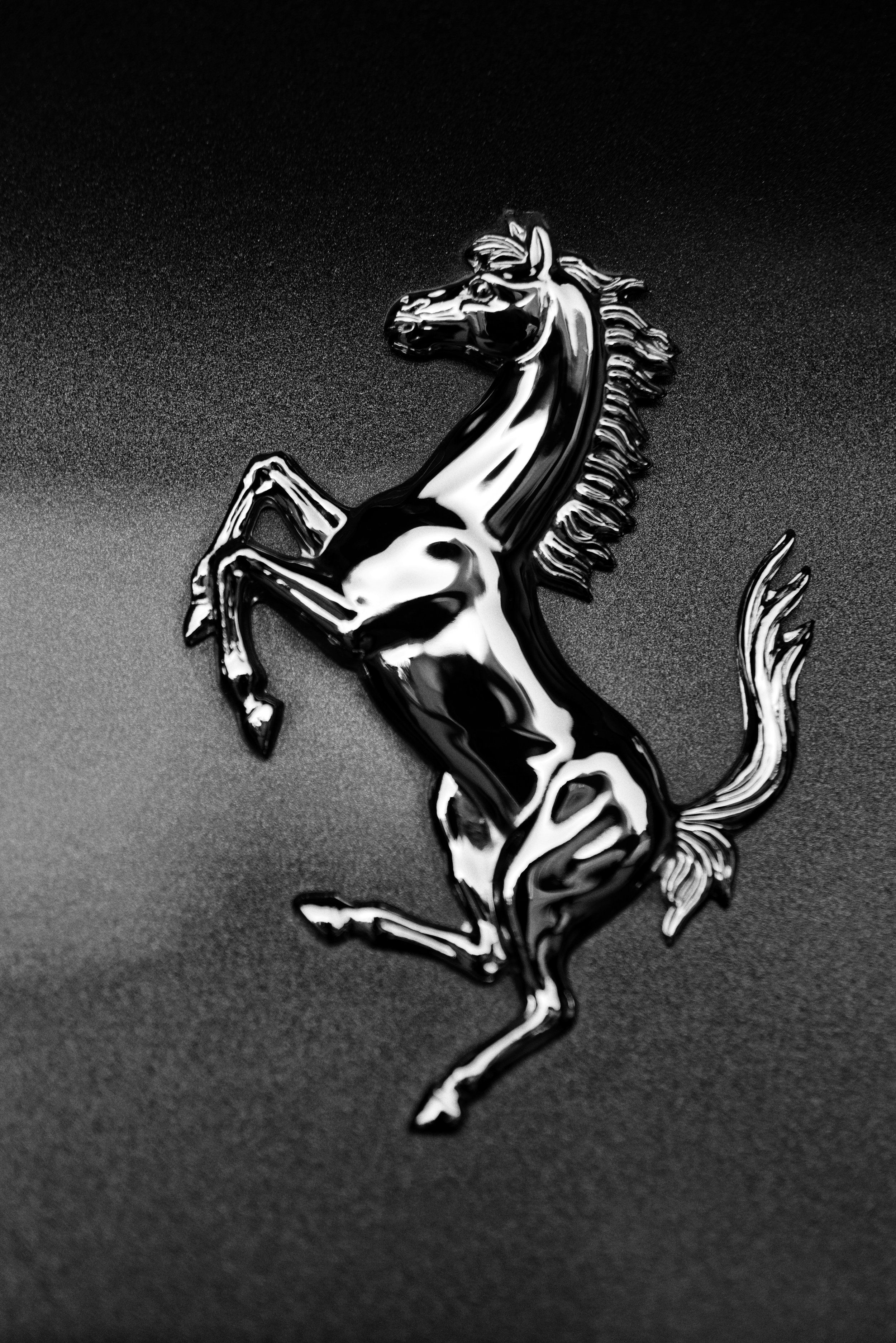Macro Photos: Capturing the finer details
Introduction
Macro photography allows us to get up close and personal with the smallest details that often go unnoticed. Whether it's the delicate texture of food, the stitching on a car seat, or the intricate design of architectural elements, macro photography opens up a world of intricate beauty. In industries like food, automotive, marine, and real estate, this technique is perfect for highlighting features that can tell a bigger story. In this post, we’ll dive into how to master macro close-up photography, using the Lumix S1R as our go-to camera for capturing the perfect shots.
Why Macro Photography is Essential for Detail-Oriented Industries
In industries like food, marine, automotive, and real estate, the little details matter. Macro photography emphasizes the intricacies that make each subject unique. Here's how macro close-up photography can be applied to various industries:
Food Photography: Imagine capturing the tiny grains of salt on a beautifully seared steak or the delicate frosting design on a cupcake. Macro photography can bring out these details, making the food more appealing and appetising to viewers.
Automotive Photography: Cars are filled with fine details, from the texture of the leather seats to the precision of the stitching. A macro shot can emphasise the craftsmanship and luxury of high-end vehicles.
Real Estate Photography: When showcasing a luxury home, the fine details of wood carvings, custom fixtures, or tile work are worth highlighting. Macro shots give potential buyers a closer look at the craftsmanship and uniqueness of the property.
Marine Photography: On a luxury yacht, every detail—from polished metals to sleek wood finishes—can be captured up close, adding to the sense of elegance and luxury.
Best Practices for Macro Photography
1. Use a Tripod: Stability is crucial when shooting macro. Even the slightest movement can cause blur, so using a tripod is essential for sharp images.
2. Focus Manually: Autofocus can struggle with macro shots. Manually adjusting focus gives you more control, ensuring that the subject's key features are sharp.
3. Consider Lighting: Soft, even lighting is key to capturing the details in macro photography. Natural light works well, but you may also want to use a ring light or other diffused lighting setups.
4. Mind the Depth of Field: In macro photography, the depth of field is often very shallow. You can adjust your aperture to increase the depth of field, but remember that this will also impact your exposure. Or use focus stacking. (An in-depth guide about this technique will follow shortly)
5. Experiment with Angles: Shooting from different angles can highlight the texture and detail in a subject. Don’t just shoot straight on—experiment with side or top angles to bring out different features.
Macro Close-Up Photography FAQs
1. What is macro photography?
Macro photography is a technique that involves capturing extreme close-ups of small objects or details. It brings out textures and features that aren't visible to the naked eye.
2. Why should I use macro photography in my business?
Macro photography is perfect for industries that rely on detail, such as food, automotive, real estate, and marine. It highlights the intricate craftsmanship and artistry that make your products or services stand out.
3. What lens should I use for macro photography?
For the Lumix S1R, a macro lens like the Panasonic Lumix S 24-105mm f/4 is ideal. It provides sharpness and clarity at close ranges.
4. What are the best lighting conditions for macro photography?
Soft, diffused lighting is ideal for macro photography. Natural light during golden hour or using a ring light can help to bring out the details without harsh shadows.
4. How can I improve my focus in macro shots?
Use manual focus to have more control over which parts of the image are sharp. The Lumix S1R also offers focus stacking, which allows you to blend multiple images for perfect clarity across the entire image.
Conclusion
Macro close-up photography is an essential technique for capturing the intricate details that set your products, services, or properties apart. Using tools like the Lumix S1R you can bring these details to life, whether you’re showcasing the fine grain of wood on a yacht, the luxurious stitching of a car’s interior, or the delicate textures in a gourmet dish. Mastering macro photography can elevate your portfolio and highlight the craftsmanship that makes your business unique.
For more tips and insights, follow us on Instagram at @iconized.ltd or visit our other in-depth photography guides on the iconized.ltd website.



